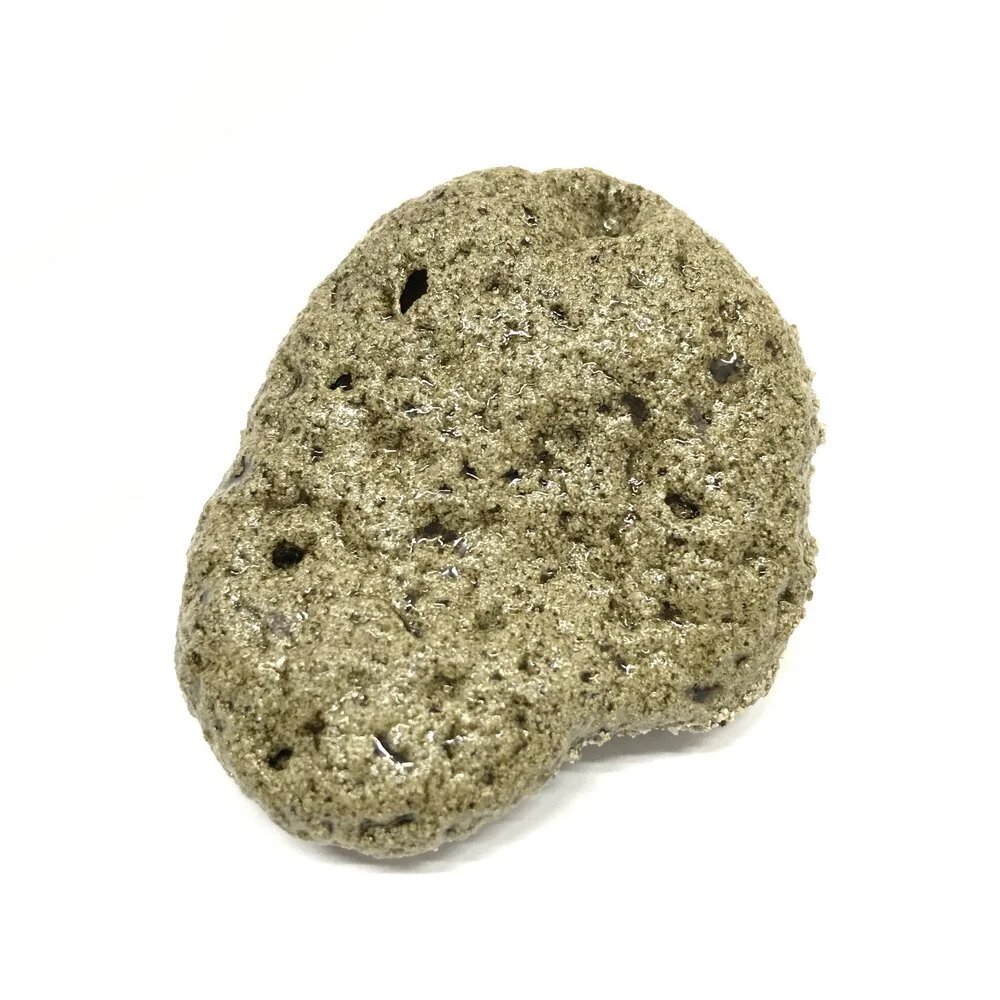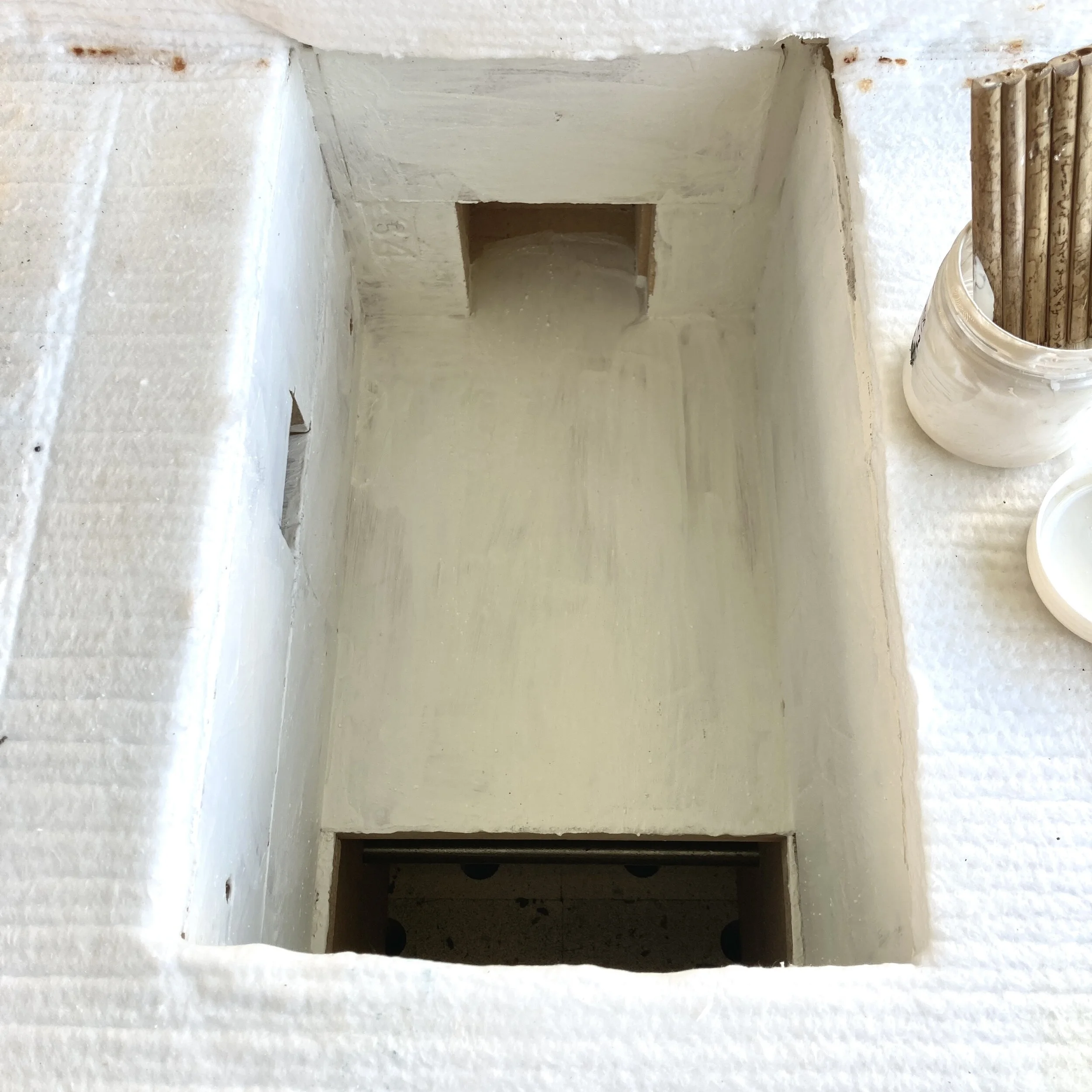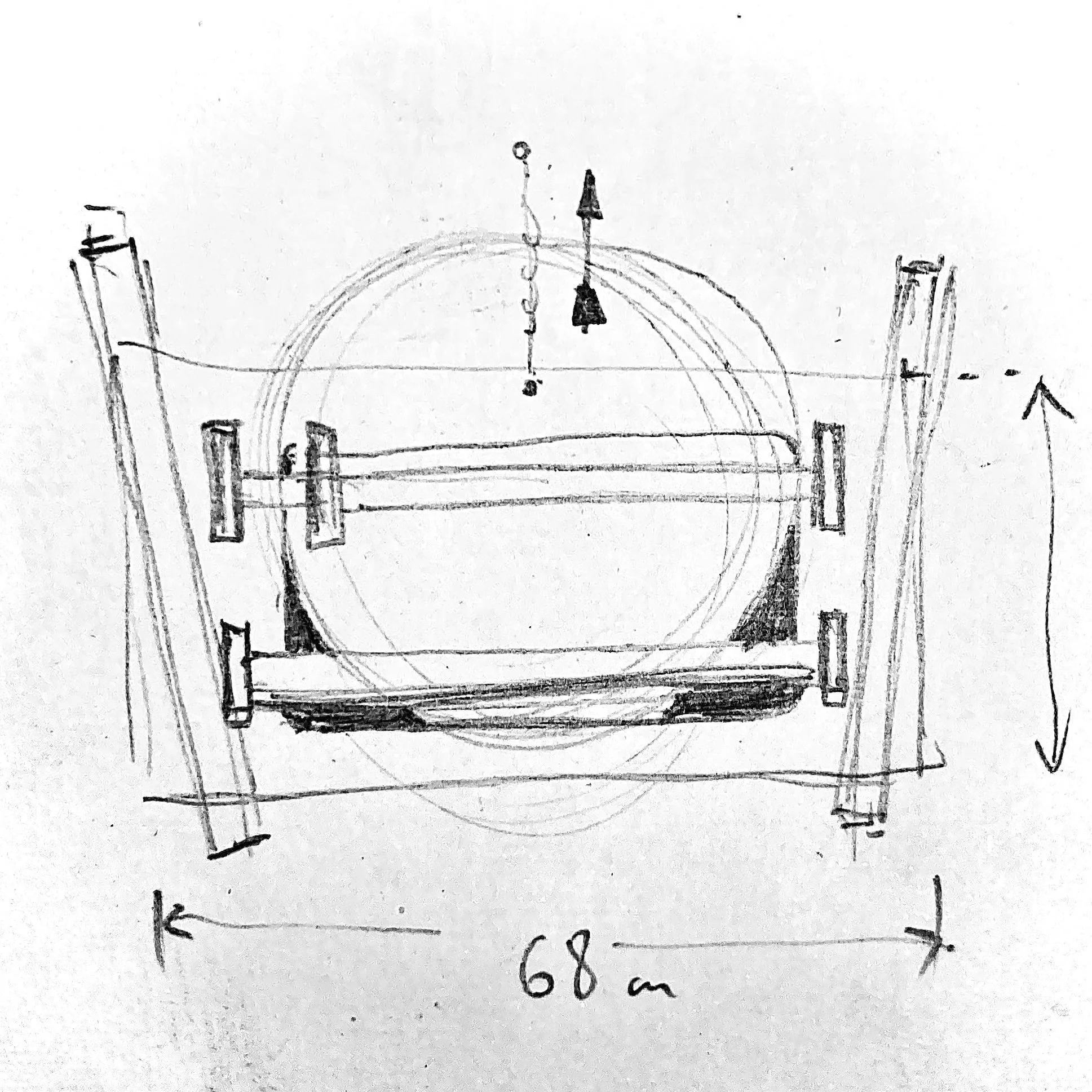Ash & Mud
Maybe it’s inevitable, when starting out with ceramics, that the dozens of powders and slops with strange geological and chemical names seem daunting or unfathomable. Maybe it’s the scale of the learning ahead, or the seemingly thousands of variables at play in any one of the multiple steps to making the work… Perhaps, perversely, this is why we are drawn to it in the first instance.
There simply IS a lot to learn, and there simply ARE a lot of variables, but if there was ever a way to make chemistry and rocks seem alive with fascination and potential, then Ceramics was it.
And yet, despite all the reasons and theory, and the chemical equations; despite the methodical note-taking and the careful weighing of ‘pure’ ingredients, there is something base, and grounded in it all. In fact it is ‘ground’ (earth) itself that we are dealing with.
That ash (this seemingly final, absolute thing) can melt at all is positively mysterious, before we even get to the idea that the Earth’s crust is mostly made up of ALL the things we need to make ceramics possible.
This table, to a potter at least, is like a materials list for virtually all clays and glazes they have ever used!:
Of course, these elements are combined naturally (through processes of weathering and decomposition) into numerous other minerals but, at the root of it all, this is our basic palette of materials.
Sometimes it can seem as though we are taking rocks and mud, combining them in special ways, in order to make new, special ‘rocks’ of our own.
Here I took some unassuming mud from a cliff in Norfolk. - We can see how the Calcium and the Iron, have acted on the Silicon and Oxygen (silica) and the Aluminium and Oxygen (alumina) to flux them into a glassy ‘rock’, or molten pool depending on temperature.. That’s the first 5 most abundant elements in the Earth’s crust, all working together. (I also note that we are either using more special rocks, coal, or other Natural forces, wind and solar, to make the energy used to heat it all!!)
In the three images below, I tested 5 different clays (special muds!) in different combinations with raw wood-ash. - Ash and Mud, daubed onto another kind of mud, and heated up…
I took care to photograph each tile under cool morning light, and warm evening light. - These three hold much promise, each for their own reasons:
This one, above, shows crystal growth and iron spots, in a fluid glassy melt.
And this one, (above)much dryer, splits and cracks where thicker. It is rougher to the touch, and far more ‘refractory’ in nature. Below, a more typical ash-glaze, iron rich treacle browns, but with a golden fleck throughout, perhaps caused by the presence of more titanium..
Each of these 4 line-blends show 100% Clay on the left, then 75:25 Clay-to-Ash, then 50:50, and finally (on the right of each image) 25:75 Clay-to-Ash. Inevitably, with increasing ash content each clay sample looks more similar as the particular characteristics of each clay are diluted by those of the ash. But these tests are looking for information about the “fluxability“, or tendency to melt, at a particular temperature (in this case 1280c).
Not all effects of mud and rocks and ash are Physical however; some are Optical: This crazy blue ‘galaxy’ is prompted by a tiny (2%) addition of Tri-Calcuim Phosphate. Here, these two elements (ranking 5th and 11th respectively in abundance) create a separate type of glass which itself does not fully combine with the primary silica-glass matric. The more opaque part of this “phase-separation” contributes an opalescence sometimes referred to as a Chun effect to this simple ash glaze.
Did I even mention that silica (silicon-dioxide), mostly known to us in the form of sand, is used by plants and grasses as a structural material allowing them strength, and also as a defensive material. The silica is effectively a glass, which plants engineer into sharp points or saw-tooth blades, making themselves unappetising to grazing animals.. And then we potters come along and employ that same silica, along with other important trace elements in the plant/wood ash, to make glazes from(!)..
Iron, (fourth on that list) is such a versatile and important element for ceramics. Here as Fe2O3, or red iron oxide, it filtered through 8 meters of sea cliff (clay and sand), carried by rain water to make a natural ‘terra-sigillata’.

























